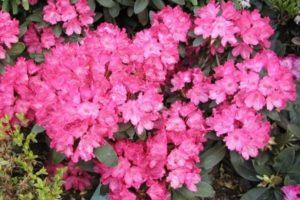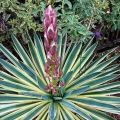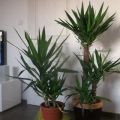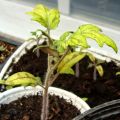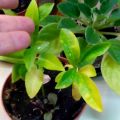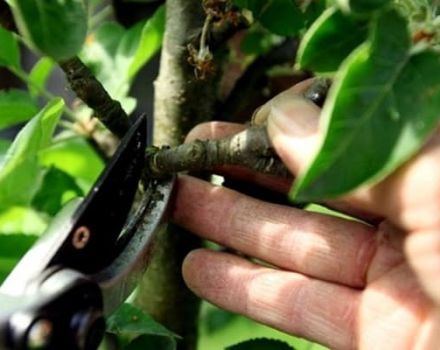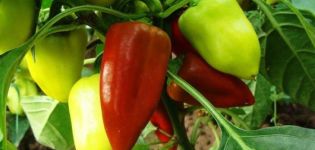Causes of yellowing and drying of leaves in yucca and what to do
In southern Europe, yucca overwinters normally in open areas; in cool climates, a representative of the Agavov family is bred as an indoor flower. The subtropical culture adores warmth, is demanding on lighting, temperature conditions, does not tolerate drought, and does not tolerate excess moisture. What to do if yucca leaves turn yellow and dry, you need to decide quickly, since a plant that cleans the air and pleases with decorativeness may disappear.
What affects the appearance and health of yucca leaves
An evergreen perennial, according to flower growers, takes root better in the garden than indoors. But when creating optimal conditions, the subtropical plant is comfortable in the room.
Agrotechnics
Succulents love permeable soil that absorbs moisture. Before planting a yucca in a pot, you need to make a drainage layer and fill the space:
- humus;
- vermiculite;
- peat;
- sand.
If single leaves turn yellow, you should not worry, but when the color changes massively, the plant begins to dry out, this is already a serious problem.
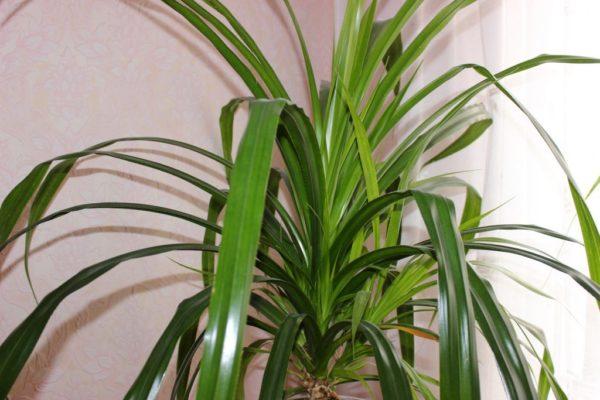
Lack and excess of watering
Under natural conditions, an evergreen perennial, like all succulents, accumulates water, which it uses during dry periods. When grown in a room, yucca needs to be watered, but this does not need to be done every day. With too little irrigation, the leaves begin to wilt. With frequent watering, moisture stagnates in the pot, which leads to:
- to root decay;
- malnutrition;
- to the drying of the shoots.
In summer, the plant is watered when the topsoil dries up. In winter, the yucca rests. During dormancy, the succulent should be irrigated less and less often. With an excess of moisture, the tips of the leaves acquire a dark color, then dry and fall off.
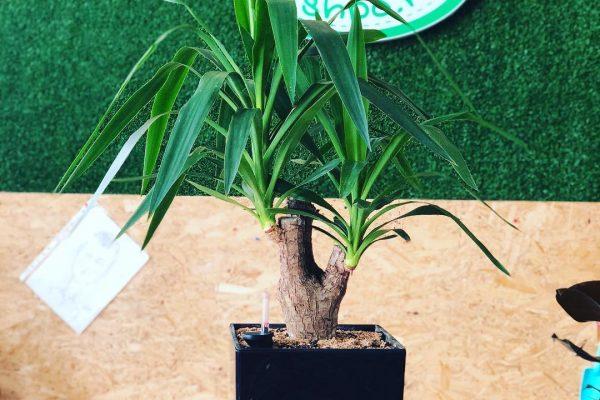
Violation of the transplant rules
When the soil in the pot is too wet, loosen the top layer. If the shoots continue to dry out, the subtropical guest is dug up and transplanted. If the roots are damaged, the perennial sheds its leaves. To make the succulent easier to endure stress, the pot with it is moved to a dark pantry for several days.
Change where the plant is grown
Yucca is usually placed on the south window, but not so simple. Sometimes the leaves of the false palm suddenly begin to turn yellow, and the shoots stop developing.It is worth trying to move the pot to another place. Often after that, the yucca comes to life.
For the winter, it is better to carry the succulent to a cool, but bright room.
Lack of trace elements
If conditions are created for the plant that are close to the optimal environment, but the leaves wither, lose their rich green color, this may indicate a lack of nutrients. First, you need to find out what the yucca is deficient in, and then carry out foliar feeding - spray it with fertilizer containing the necessary substance.
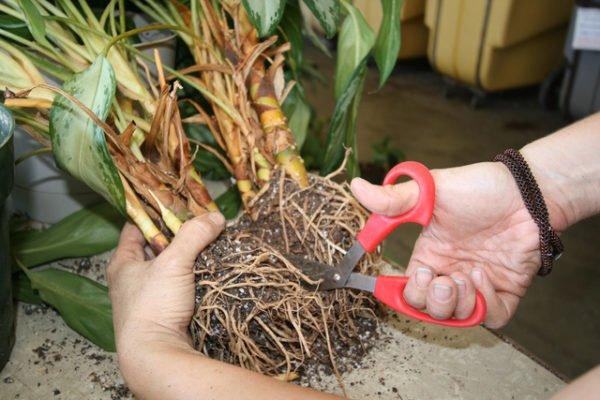
With a lack of nitrogen, the ends turn yellow, the young leaves acquire a white-yellow color. Lack of phosphorus is fraught with the death of the plates. With a deficiency of iron and magnesium, dark streaks appear.
Natural causes
Yucca, like any plant, matures and grows old. The lower leaves gradually turn yellow, which serves as a normal process of life. The dried greens are simply cut off, which makes the palm even more attractive.
Climate-related reasons
The succulent was brought from the subtropics of America, where the sun rises high, it is hot in summer, and if such conditions are not created for the yucca, the leaves lose their green color.

Inappropriate lighting
A heat-loving plant is placed on the south side, but in prolonged cloudy weather, as well as in the period from February to March, the yucca does not have enough light. In the cells of a perennial, hydrostatic pressure drops, the tips of the leaves dry out, the plates stretch and turn yellow. To restore turgor, it is necessary to connect a fluorescent lamp; the succulent needs at least 10 hours of not direct, but diffused light.
When a false palm is placed on the northern window, it loses its decorative appearance, the leaves at the base acquire an almost white color.
Temperature regime
For yucca growing in a house, 25 ° C is enough in summer, but a decorative flower feels fine at a higher temperature. During the rest period, the room should be cooler. However, already at +12, the palm tree begins to shed its leaves, at +5 they curl and darken. Yucca cannot withstand drafts.
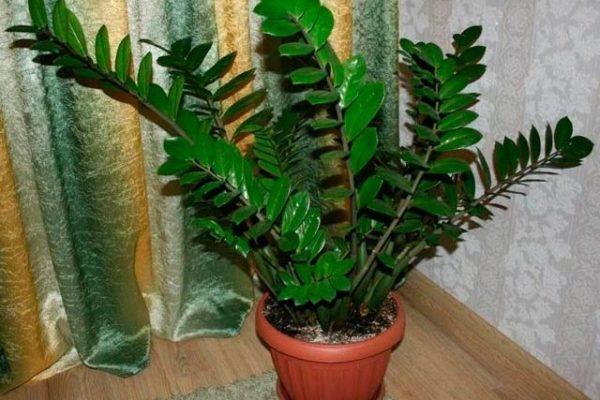
Inappropriate humidity level
Under natural conditions, succulent grows in dry and hot climates, but in apartments heated in winter, hot batteries dry out the air. And during rest, the yucca needs moisture, and the plant, as well as the room, is sprayed from a spray bottle, otherwise the leaves curl into a tube, the tips dry.
Pests
A cute yucca growing in the garden attracts mealybugs, beetles, aphids, thrips. Parasites find decorative perennials in the apartment.
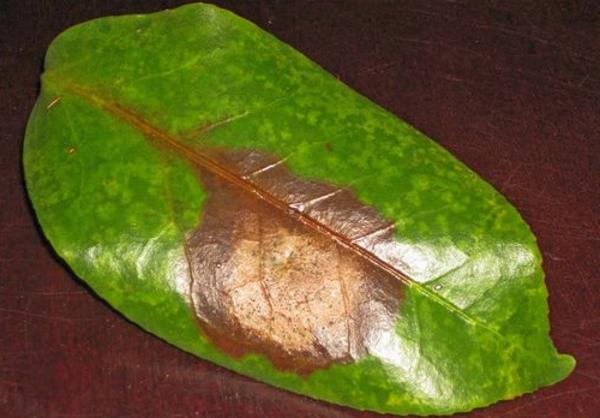
Spider mite
An arthropod insect, whose body does not exceed half a millimeter in length, has 8 legs. A pest with flowers bought on the market is brought into the room and gets through the air to the lower floors. The spider mite is most often activated during the heating season and begins to feed on sap, and yucca leaves:
- They acquire a yellow tint.
- Covered with whitish spots.
- Dry up and die off.
To cope with the pest, the windowsill where the yucca is located is washed with water and laundry soap, and wiped with ethyl alcohol. The room is sprayed to increase the humidity, the plant is treated with an insecticide.
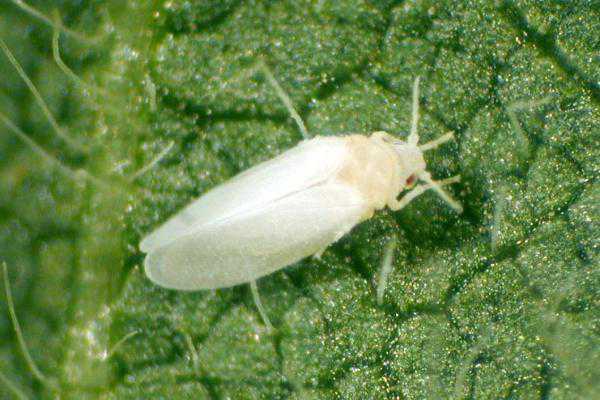
Shield aphid or scale insect
Fertile insects adore indoor flowers, attach themselves to green shoots, cling to leaf veins on both sides and drink the juice. The parasites leave behind a sticky trail. Yucca stops developing, the young plant may dry out.
Diseases
With improper care, excessive irrigation in combination with low temperatures, pathogenic microorganisms are activated that cause diseases, which lead to the fact that the yucca loses its decorative effect, shedding its leaves.
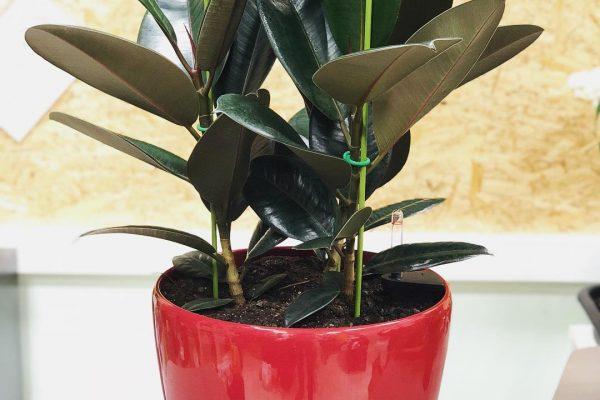
Brown spot
With excessive moisture and an insufficient amount of nutrients in the soil, the plant's immunity is weakened, and the palm tree becomes vulnerable to fungi that cause brown spot. Colorless spots appear on the lower leaves. In the absence of attention, the affected areas acquire a yellow color, and after a few months they turn brown, mycelium spores become noticeable. To cure yucca for brown spot, you must:
- Dry the soil in the pot.
- Reduce the amount of irrigation.
- Pluck off infected leaves.
Succulent plants should be treated 3-4 times within 2 weeks with Topaz or the stronger fungicide Ridomil Gold.

Marginal leaf necrosis
Excess moisture helps to activate the Cytospora fungus. The pathogen begins to multiply, but with the timely detection of signs of the disease, yucca can be saved. Gray spots first form at the ends of the leaves, quickly spread to the entire plate, darken, acquire a brown-black color.
Fusarium rot
To cure a succulent from a fungal infection, you need to spray the entire plant with chemicals, from the root to the trunk and top. It is better to remove some of the land, since there are spores in the soil.
When infected with fusarium, the leaves rot at the base and die.
Symptoms and root cause identification
To return decorativeness to yucca, you need to understand why it turns yellow and withers. The telltale signs can help you figure out what triggered the problem.
The tips of the leaves dry
Insufficient lighting leads to the fact that the ornamental plant looks less beautiful. If the tips of the leaves turn yellow and dry out in an evergreen succulent in early spring or late autumn, too dry air may also be the cause of this phenomenon.

To return the plant to an attractive appearance, you must:
- Place the pot away from the battery.
- Periodically turn on the phytolamp.
- Wipe the above-ground part with a sponge moistened with water.
To increase the humidity, the yucca is sprayed from a spray bottle. It is often undesirable to start such a procedure, the liquid will accumulate in the leaf sinuses, which is fraught with decay.

Yellowing and drying of the entire plate
For a palm tree to rest in winter, it must be kept in a cool room. The temperature should not fall below 12 or 13 ° C. Failure to comply with such conditions, in combination with poor lighting, leads to a weakening of the plant's immunity, the plates turn yellow and dry out in both old lower leaves and young rosettes. They become stained and dry when the direct rays of the sun hit the yucca.
To protect the plant from burns, the pot is moved away from the window.
Leaves turn yellow at the stem
With frequent spraying, abundant watering, due to waterlogging, the roots of the plant begin to rot, an unpleasant smell of dampness appears, the stems crack, the leaves turn yellow. To prevent the yucca from dying, they are transplanted into a new pot filled with fresh soil. The intact roots are sprinkled with wood ash, the rotten ones are removed.
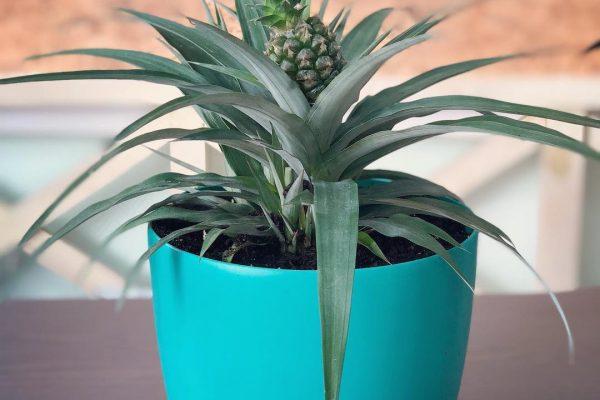
The leaves turn black and fall off
When the succulent is located in a draft, at low temperature and high humidity, which occurs in the absence of a drainage layer in the pot and abundant watering, you can see that the tips of the leaves of the yucca have turned black. They fall off when infected with fungi, which are activated when the rules of care are violated, when there are no optimal conditions for a tropical plant.
Leaves are curled
A succulent plant freezes when the air temperature drops to 5 ° C, which can happen if the yucca is left on a balcony or loggia, and it gets colder outside. The edges of the leaves of a perennial darken and curl.
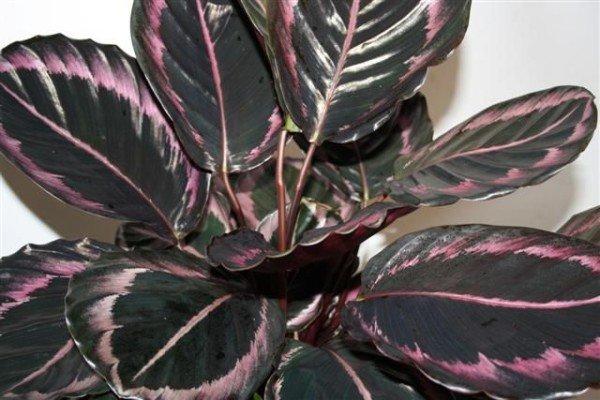
How to revive a plant
Having found out the reason for the loss of the decorative appearance of the yucca, it is necessary, without delay, to tackle the problem.
Fight against fungal diseases
If the plant is affected by cercosporosis or brown spot, the soil is dried in a pot, the amount of watering is reduced, diseased leaves are cut off and the yucca is sprayed with the chemicals "Topaz", "Ridomil Gold".
To cope with marginal necrosis, the infected area is removed by capturing healthy tissue. The slices are sprinkled with activated charcoal, the palm is treated with Topaz.
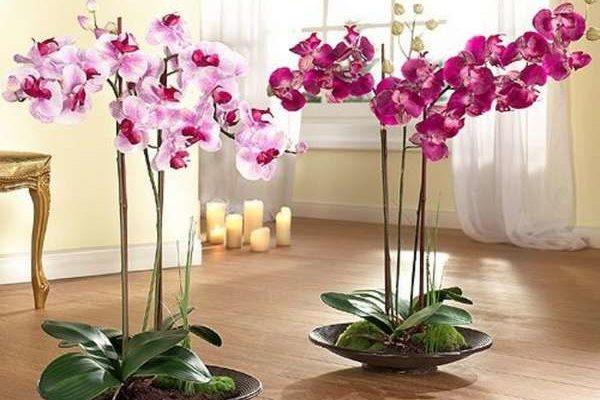
For the treatment of fusarium rot use "Profit", "Previkur". The top layer of the earth, in which fungal spores start, is removed. Fungicides are sprayed on leaves, shoots, and trunk.
Spider mite destruction
Having found whitish spots formed by pests, the yucca must be carefully treated with laundry soap and the plant must be covered with polyethylene for a day, and then sent under a warm shower. The window on which the succulent plant stood is washed by adding Karbofos to the water. The plant is sprayed with Fitoverm and Intavir insecticides, and the indoor air is humidified.

Rescue from the shield
To cope with a pest that drinks juice from the leaves and stems of yucca and cover them with a sticky bloom, the plant is treated with kerosene or a special agent. The composition is prepared by combining 2 tsp with a liter of water. alcohol and 15 mm of liquid soap. If such treatment is ineffective, the succulent is sprayed with "Aktellik", "Aktara" insecticides.
How to save a yucca if it has suffered from improper care
To revive a houseplant that withers in winter at home, you need to check the temperature. When the apartment is more than 15 ° C, the pot with a palm tree must be moved to a cool place. If the leaves have turned pale and stretched out, you need to equip additional lighting. The softening of the trunk indicates decay of the roots, which occurs due to frequent and abundant watering. Yucca is unlikely to be saved, but it is worth trying to cut off and transplant the top into another container.

